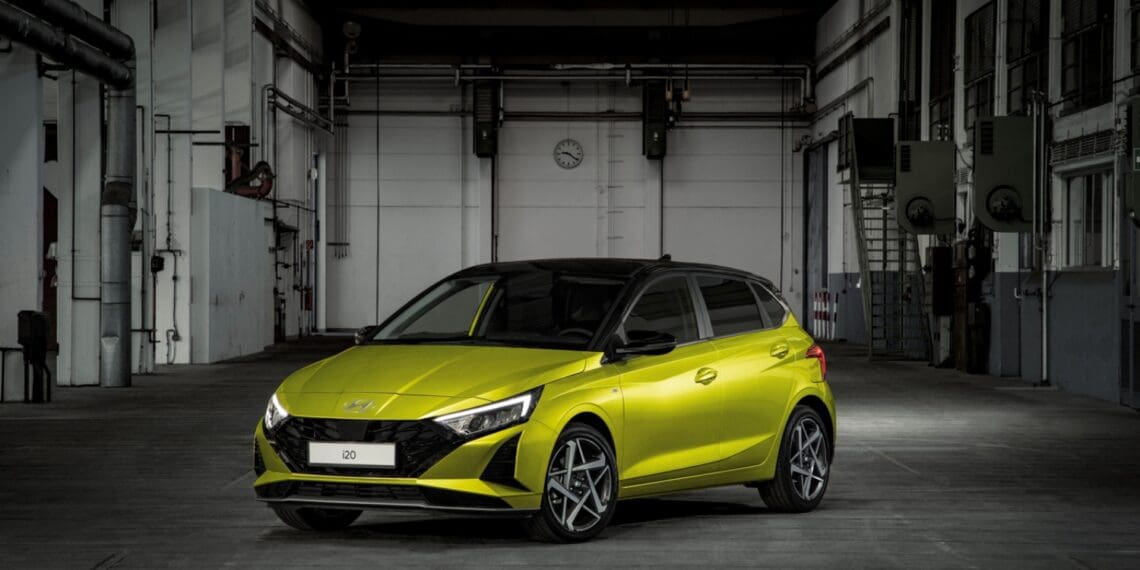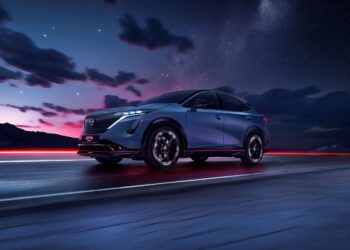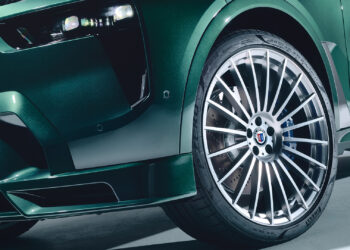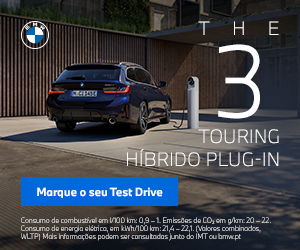The latest evolution of the Hyundai i20 has just arrived in the national market and presents itself with a general update, both exterior and interior, betting on a more dynamic posture.

Among the new features, in addition to the 16″ or 17″ alloy wheels, highlights include the redesigned front, with a new lighting signature, guaranteed by LED optics, to which the front grille and bumper, also with a new design, are added. In the rear section, the LED taillights also adopt a “Z” shape, being connected by a horizontal line that runs across the entire rear gate.
Inside, the revised i20 features a 4.2″ LCD instrument panel; USB-C outlets; remote updates of the navigation system maps; wireless charging for smartphones; and a Bose sound system – the infotainment system with a 10.25″ touchscreen and wireless Apple CarPlay and Android Auto connections remains in operation.
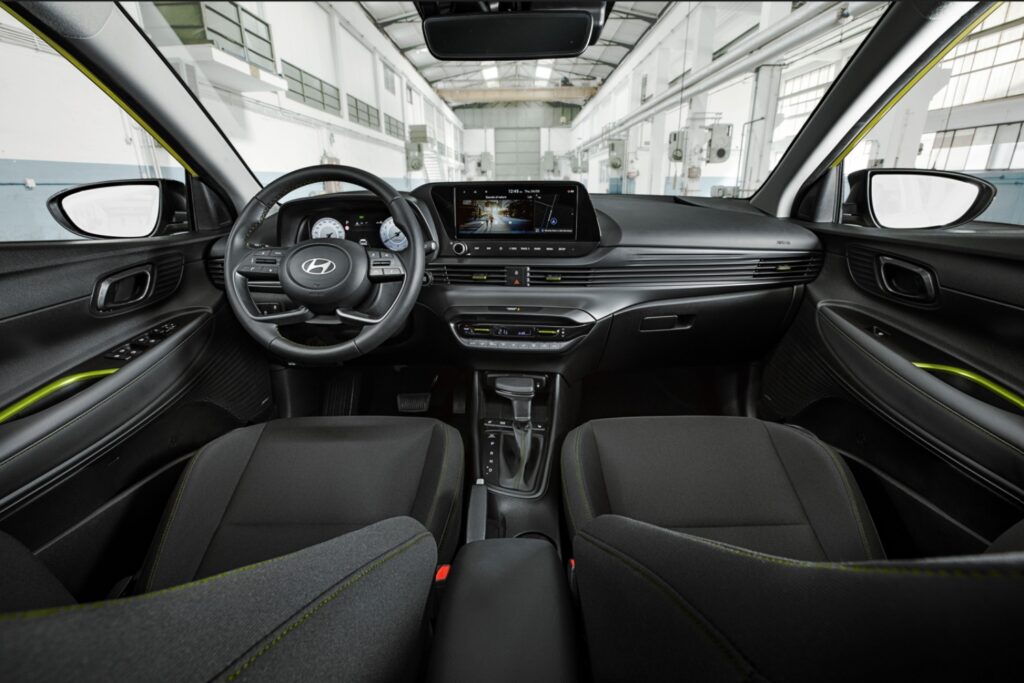
In terms of safety, Hyundai Smart Sense is standard, as is the Autonomous Emergency Braking (FCA) system, which now includes cyclist detection; optional features include rear cross-traffic collision assist, active blind-spot monitoring, and adaptive cruise control.
What has not changed is the range of engines. In other words, the i20 continues to be powered by the 1.0-liter turbo gasoline unit with 48-volt mild hybrid technology, available in 100 hp and 120 hp variants, and can be equipped with either a six-speed manual gearbox or a seven-speed dual-clutch transmission.
With the first units already being delivered, Hyundai has announced that the refreshed i20 is available during the launch phase starting at €17,750, with a financing campaign.

